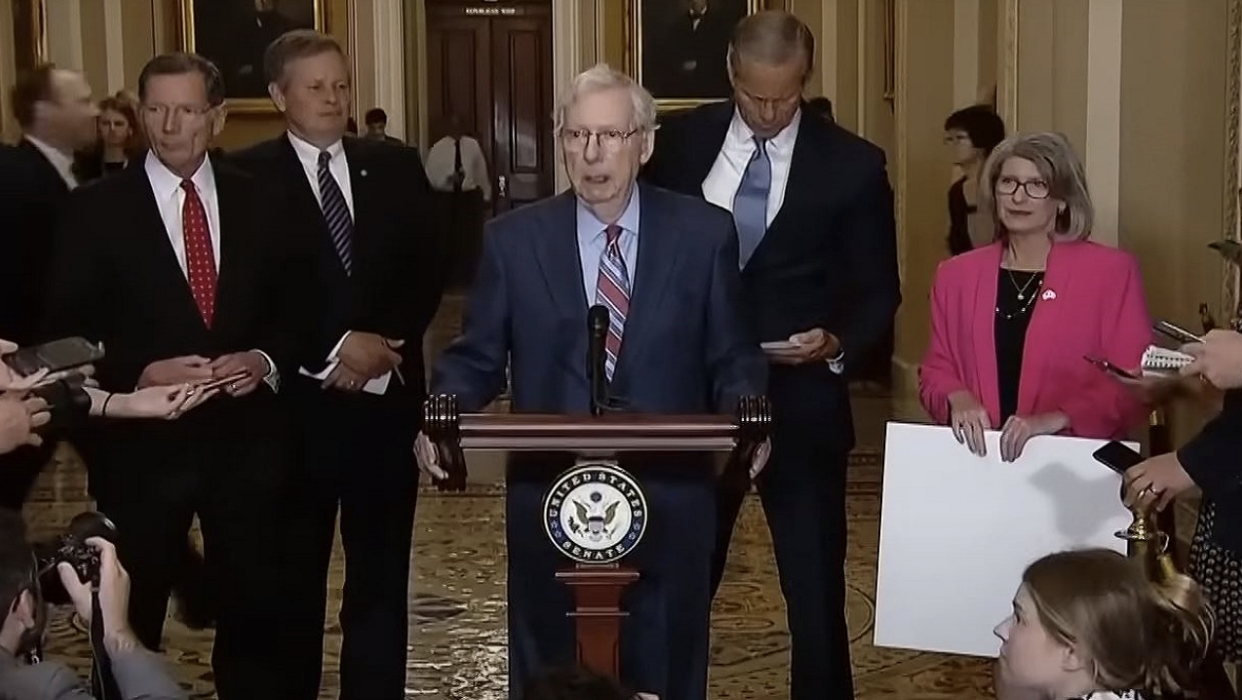The low down on cutting high tuition
Josh Ritchey
-Staff Writer-
Imagine working 40 hours a week and watching every paycheck go to a tuition payment plan, books or gas to make ends meet. Meanwhile, free tuition grants in the form of a refund are spent on unnecessary frivolities instead of being reallocated to help other students in financial need.
The average Pell Grant given to a student in 2010-2011 was $3,705, according to the U.S. Department of Education. Pell Grants are the single largest amount of funds given to community colleges from the federal government.
The financial aid system provided by the federal government has fundamental flaws that allow for the abuse of federal Pell Grant and Stafford Loan usage.
Pell Grants are given to students with an estimated family contribution (EFC) that is lower than the cost of college tuition and attendance or for students of families who make under a certain income. Students often receive these funds in the form of a check, on their student account or in the case for Meramec, a student debit card.
The federal government comprises eligibility of Pell Grant students by a simple formula to figure out the student’s estimated family contribution. This formula does often not account for other external factors including parental students, other siblings in private education, tragedy, job loss or other unfortunate circumstances. The formula also takes into account the income of the student and other constituents living at home receiving social security or retirement funding, even if it doesn’t directly fund education. In the case of student income, students remain declared as “dependents” even when their income is counted against their “possible” contributions.
Sometimes Pell Grants cover the maximum amount of tuition or ends in a surplus after scholarships and class schedules are figured out. The surplus is presented to the student in the form of a tuition refund. The money is to be used for support services, educational needs such as books or a career pathways program; however, many spend it at their discretion on things other than outlined above.
Pell Grants should only be used for tuition purposes and the reasons set forth by the Department of Education including support services and some living expenses such as food, insurance or transportation. Entertainment and spending money are abuses of the grant money given by the government. While the average award hardly covers books and tuition for most students, there are many examples where the money can be received through refunds.
When students drop classes, refunds are given in accordance to the time at which the class was dropped, returning money that was originally a Pell Grant. In another example, students that may also receive Stafford Loans end up with refund checks in the thousands of dollars after the loan is made out for the amount of tuition.
The rules on these types of situations are merely situational and there is no direct policy written by the federal government, according to the U.S. Department of Education website for Pell Grant Eligibility is dependent on the dispersion of the grant and policies of the school.
The federal government should regulate the usage and appropriations of Pell Grants given to students. They should reconsider the policies regarding refunds and only allow the refund money to be dispersed in monthly allocations for other support, transportation, food or insurance costs. If used for other purposes, the government should consider the presentation of receipts or documentation regarding other uses of the grant money to ensure the level of appropriateness and integrity of the program.











